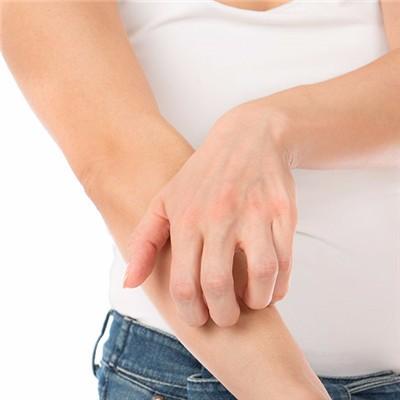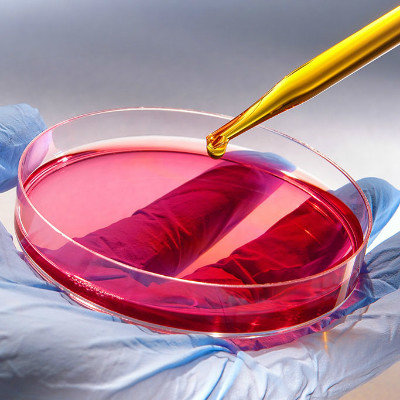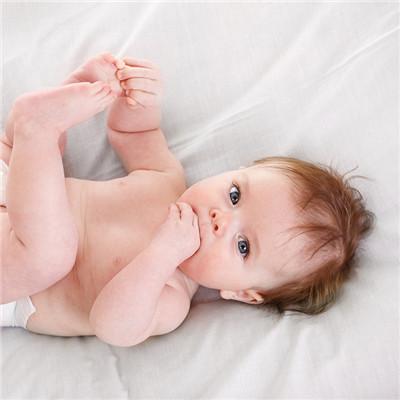What is the smallest parasite egg in feces?
summary
Fecal parasites, the examination method is simple, intuitive results, generally detected in the treatment of defecation. The diagnosis of intestinal parasitic diseases mostly depends on finding the eggs, protozoa trophozoa and cysts in feces, and finding these direct evidences can definitely diagnose the corresponding parasitic diseases and parasitic infections. Ascaris lumbricoides, Lepidoptera, Taenia solium and other large worms or their fragments can be identified by naked eye, and hookworm bodies can only be seen by washing and sifting feces. After taking the anthelmintic agent, we should find out whether there is a worm or not, and carefully look for the scolex after driving Taenia solium. What's the smallest parasite egg in the feces?
What is the smallest parasite egg in feces?
According to its developmental process, Clonorchis sinensis can be divided into adult, egg, miracidium, metacercaria, miracidium, cercariae and metacercaria. The adult is narrow, flat, thin and transparent, with sharp front end and blunt back end. There are no spines on the body surface, and the size is 10-25 × 3~5mm。 The eggs are yellowish brown and are the smallest of human parasite eggs. The size ranged from 27 to 35 × 11~19u。 The front end of the egg is narrow and covered, and the egg cover "sinks" into the eggshell, and the acromion forms at the junction of the egg cover and the eggshell. The posterior end of the egg is obtuse and round with a small nodular process. The egg contains a well developed miracidium.
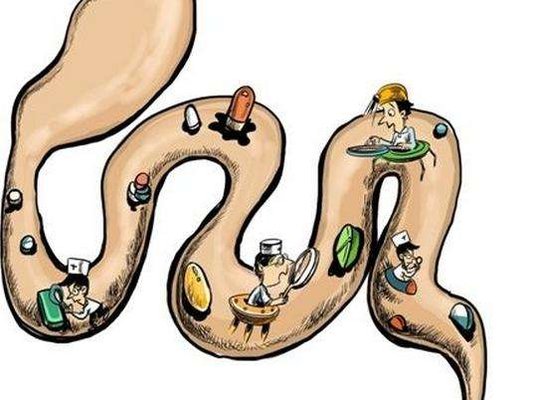
Worm egg examination: drop a drop of normal saline on the clean slide, pick out the stool block of mung bean size with cotton swab stick or toothpick, and apply it evenly in normal saline; The thickness of the smear should be such that the handwriting on the book can be recognized through the smear. In general, the examination is performed under the low power microscope. If it is observed under the high power microscope, the film should be covered. Attention should be paid to the identification of foreign bodies in eggs and feces. The eggs have a certain shape and size; The surface of eggshell is smooth and regular with inherent color; The egg contains egg cells or larvae.
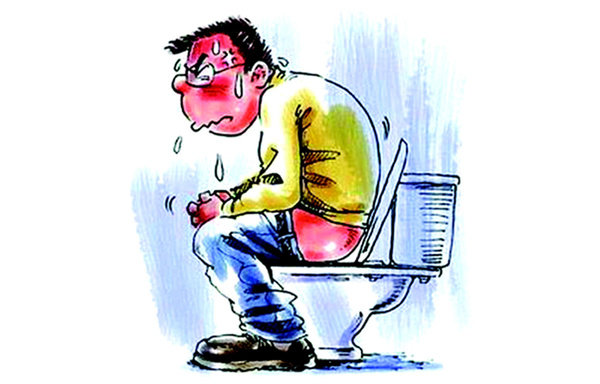
Protozoa examination: 1) live trophozoa examination: the smear should be thin, and the method is the same as worm egg examination. The closer the temperature is to the body temperature, the more obvious the activity of trophozoites is. If necessary, the temperature can be maintained by an incubator. 2) iodine solution staining examination of cyst: direct smear method is the same as above, with a drop of iodine solution instead of normal saline. If the iodine solution is too much, the absorbent paper can be used to absorb too much liquid from the edge of the cover sheet. If you need to check the living trophozoites at the same time, you can drop a drop of iodine solution near the fecal drop evenly coated with normal saline, take a little fecal and evenly coated in the iodine solution, and then cover the cover film. Half of the smears were stained for cysts; The trophozoites were detected in half of the non stained samples.
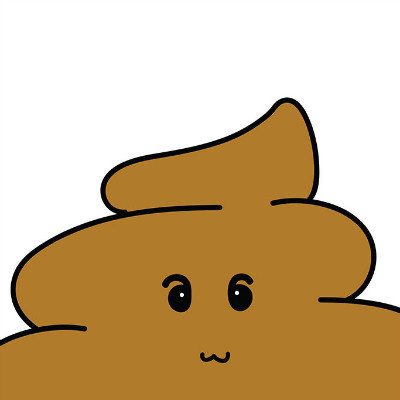
matters needing attention
Cysticercosis cerebralis, schizocephalosis, taeniasis bovis, echinocephalosis megalosis, nematodiasis, taeniasis tenuiformis, taeniasis brevicornis, schistosomiasis intercalation, isosporosis, enterobiasis vulvae, abdominal pain, diarrhea, diarrhea as clear as rice swill, diarrhea as red and white sticky, long defecation time, ascaris intestinal obstruction, abdominal distension, abdominal mass, abdominal pain, nausea and vomiting, Diarrhea.

